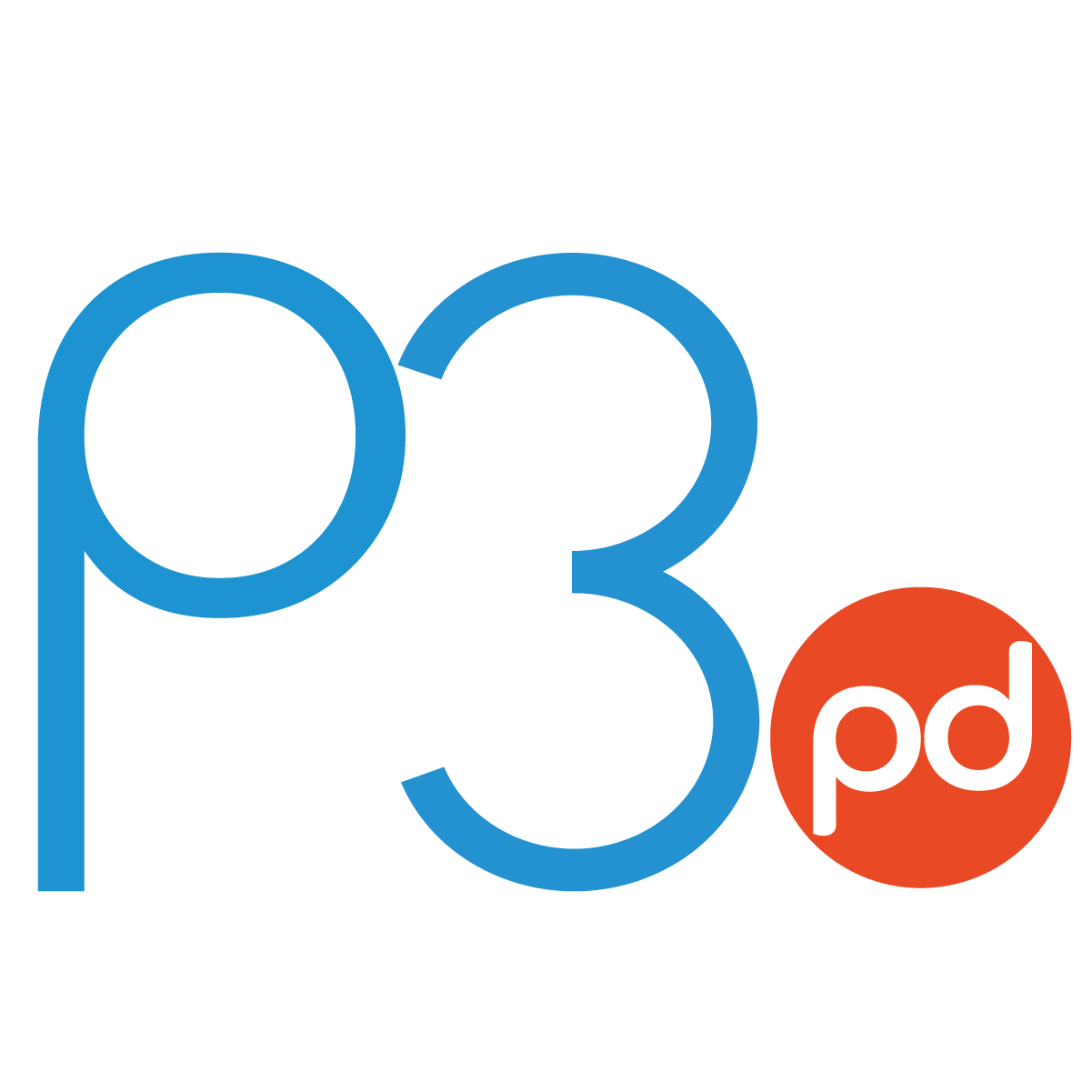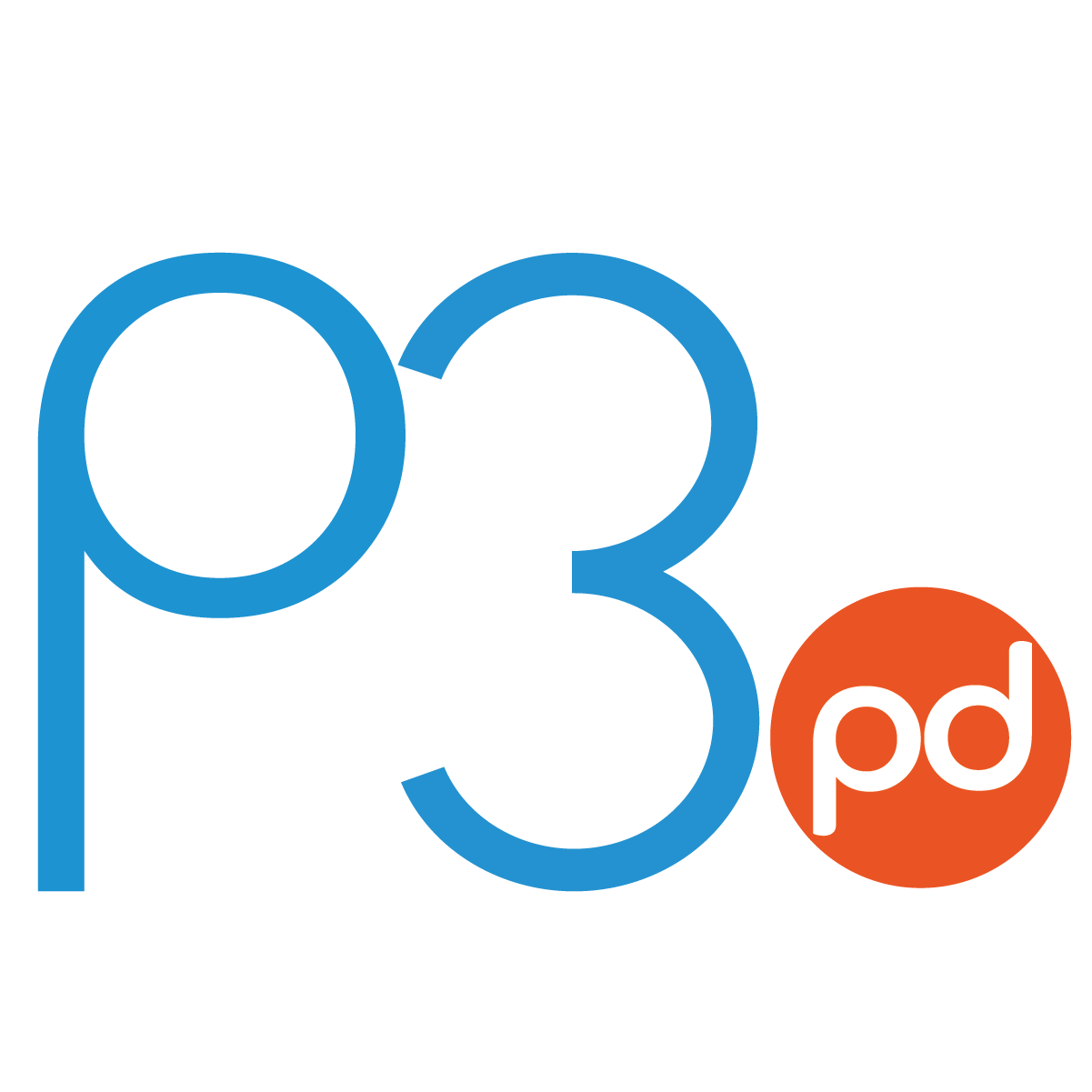CASE STUDY
Organ-on-a-Chip
A collaboration between Phase Three and a prominent Ivy League Innovation Lab
THE PROBLEM
Traditional drug development processes heavily rely on animal testing, leading to inefficiencies, inaccuracies, and ethical concerns. Bridging the gap between preclinical studies and human trials has been a persistent challenge in the biotech industry. Recognizing the limitations of existing models, a prominent innovation lab at one of America’s Ivy League Institutions, together with Phase Three and other partners, sought to develop a groundbreaking solution to accelerate drug development, reduce reliance on animal testing, and enhance the predictability of human responses.
THE SOLUTION
In a strategic collaboration, the lab partnered with Phase Three. Leveraging Phase Three’s deep expertise in small volume sample handling and chip design, the collaboration aimed to bring to life an automated instrument integrating multiple human organs-on-chips. Phase Three played a pivotal role in not only refining the technical aspects of the solution but also in securing substantial funding, totaling $37 million, from DARPA.
KEY ELEMENTS
1
Expertise in Small Volume Sample Handling
Phase Three’s proficiency in small volume sample handling ensured the precise manipulation of fluids within the microfluidic channels, a critical component for the success of the organ-on-chip technology.
2
Innovative Chip and Cartridge Design
Phase Three’s engineers and designers contributed their creativity and technical acumen to craft efficient and reliable organ-on-chip devices. The team’s focus on compact, transparent, and functional designs significantly influenced the project’s success.
3
Biological Systems Understanding
Phase Three’s deep understanding of biological systems facilitated the seamless integration of living human cells into the chips. This expertise ensured the development of a reliable and physiologically relevant model for drug testing.
Lung-on-a-chip: this microfluidic system models alveolar function by replicating the gas exchange processes that occur deep within our lungs. Multiple vaccuum channels, an artificial membrane, and channels for both blood and air were key design features.
Fueling Faster Drug Discovery By Miniaturizing Biological Systems.
THE OUTCOMES
The collaborative efforts between Phase Three and this Ivy League lab have resulted in a revolutionary technology. In mimicking the complexity of human physiology, our industry now has a more accurate and more efficient alternative to traditional animal testing models. Rapid assessment of drug candidates, improved predictability of human response, and more ethical research practices are just the start of what this technology has accomplished.
THE PARTNERSHIP
Phase Three’s instrumental role in the success of this project positions them as an invaluable partner for organizations seeking innovative solutions in biotech. The demonstrated expertise in small volume sample handling, chip and cartridge design, and biological systems makes Phase Three an ideal collaborator for those aiming to revolutionize their approach to product development.

STARTING WITH YOUR INSPIRATION
Phase Three Product Development (P3PD) has simplified the product development process in the life science and medical device industries.
Arthur’s Rock - Fort Collins



